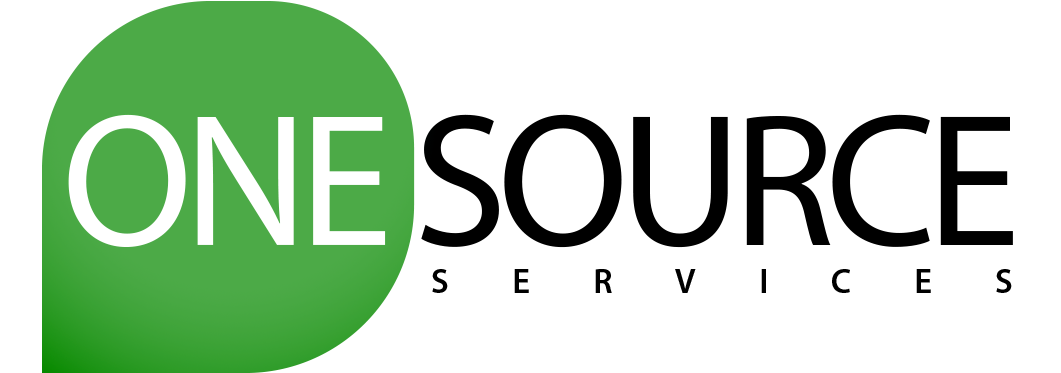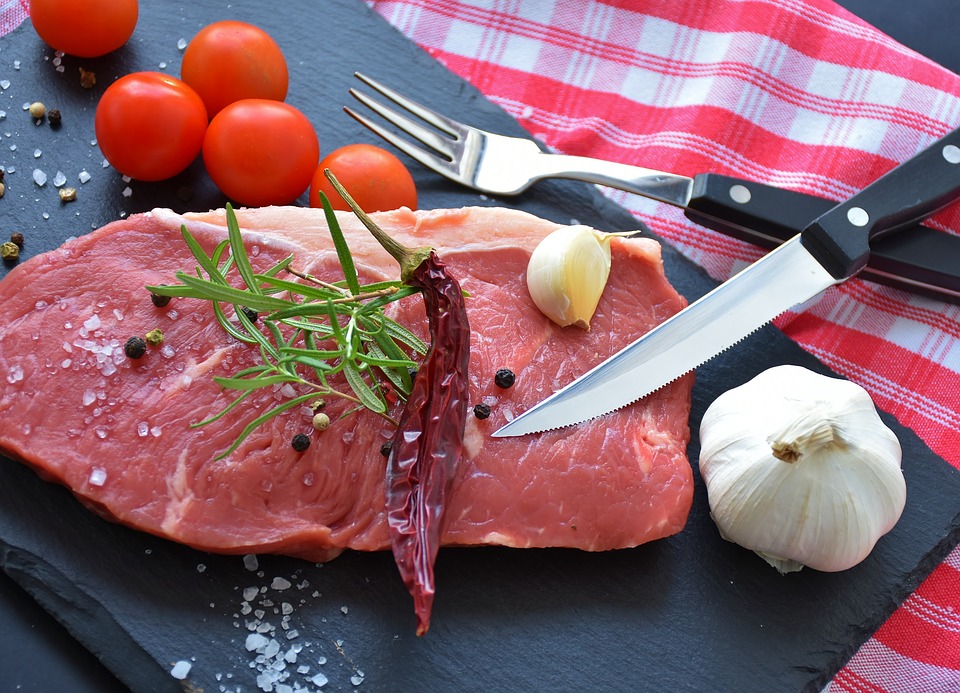Restaurants keep track of many numbers: prime cost percentage, food cost percentage, labor cost percentage, and how many cents they make on each dollar they bring in, to name a few.
As accountants, Sherman Oaks Accounting & Bookkeeping powered by One Source Services, Inc. believe it’s important to have accurate, detailed numbers for your business; but data is more meaningful when you have realistic benchmarks to measure it against.
A restaurant’s personal benchmark should be their target prime cost.
WHAT IS PRIME COST?
Prime cost is the total of all controllable expenses (costs that management can directly control). For instance: hiring, training, scheduling and terminating staff, or purchasing and using product.
Controllable expense measures how well management is running the business and adjusting numbers as needed.
Controllable expenses are costs that can be used to control product and people and don’t usually include costs like rent, marketing, taxes, etc.
HOW IS PRIME COST CALCULATED?
To accurately calculate product use and obtain a meaningful prime cost number, weekly or monthly inventories must be done; purchases divided by sales are not accurate. Furthermore, a restaurant must be on an accrual accounting system to obtain an accurate prime cost number.
The formula for determining prime cost: the sum of all cost of goods sold including food, liquor cost (also called pour cost), and labor cost, divided by gross sales (sales before discounts and not including sales tax).
Determine the actual cost of goods sold (all product physically used or removed from inventory during that period) by adding the beginning inventory to the total purchased for that period, and then subtract the ending inventory. The resulting number is the total cost of goods sold.
Next determine total labor cost including employees’ total wages earned, total taxes, benefits, and insurances paid (such as workers’ compensation and health insurance) for that period.
Finally, combine the total cost of goods sold and the total labor cost to determine the prime cost.
WHAT IS MY TARGET PRIME COST?
Restaurant profit margins are notoriously tight and shrinking daily with rising food and labor costs.
Historically, restaurants typically targeted a prime cost of 60%-65% for a full-service restaurant and 60% for quick-service restaurants, but experts now say that by driving down additional costs and added operation expenses, the new target should be 55% or lower for restaurants that make $850,000 or more a year in gross sales.
The higher a restaurant’s sales are, the even lower that number can go to increase bottom-line profitability. It’s hard work, but the money is there if you can get it.
Some successful restaurants operate at as low as 34% without compromising the quality of their product or levels of their service.
HOW DO I HIT MY TARGET PRIME COST?
How you achieve your goal prime cost depends on a lot of things: your core values, your financial situation, what you can (or are willing to) change, and your budget.
An annual budget is a great starting point and will determine where your costs should be in the end. You must be able to see what needs to happen to achieve these numbers and then proactively change your systems and operations to hit them.
Sherman Oaks Accounting And Bookkeeping powered by One Source Services, Inc. has restaurant and prime cost specialists on staff to assist you.

